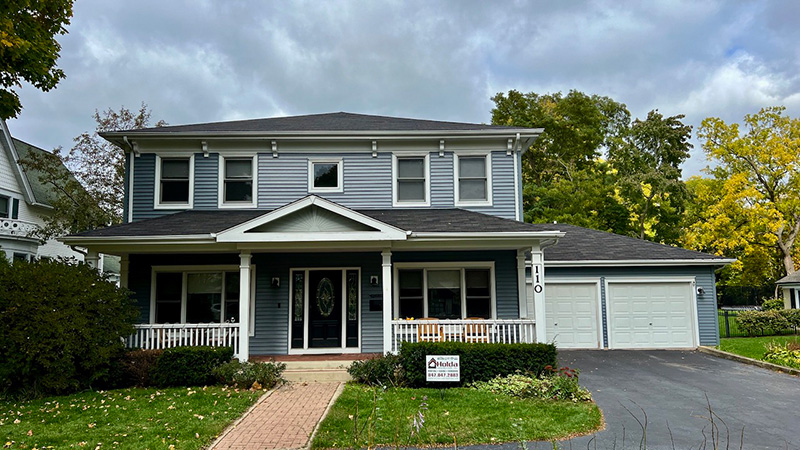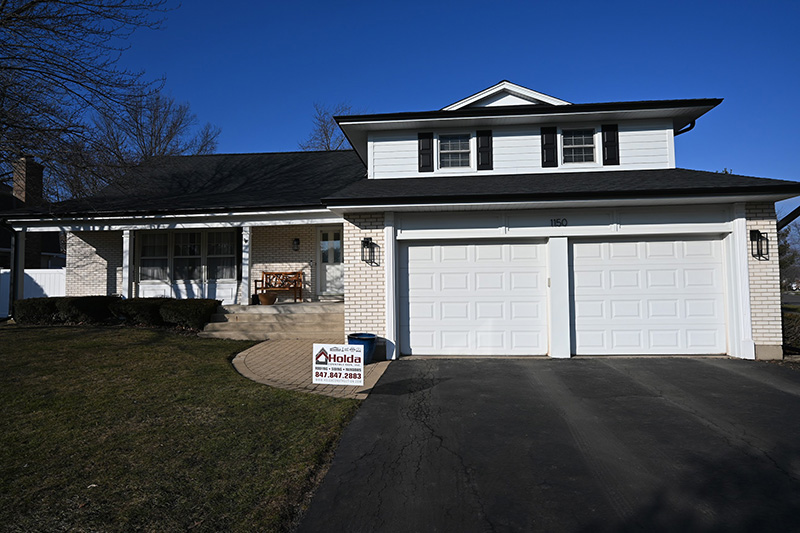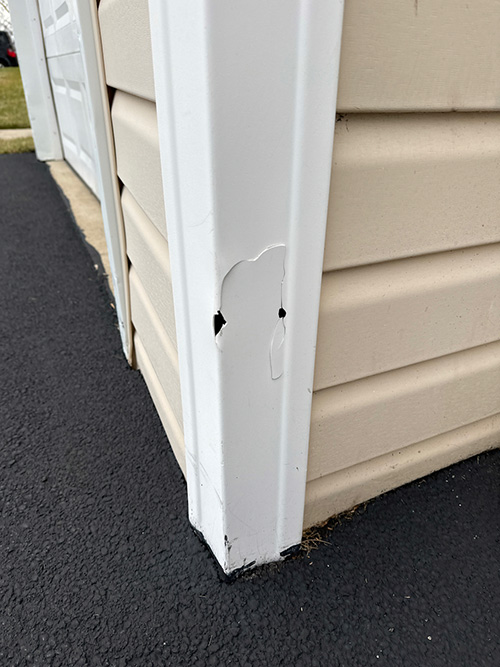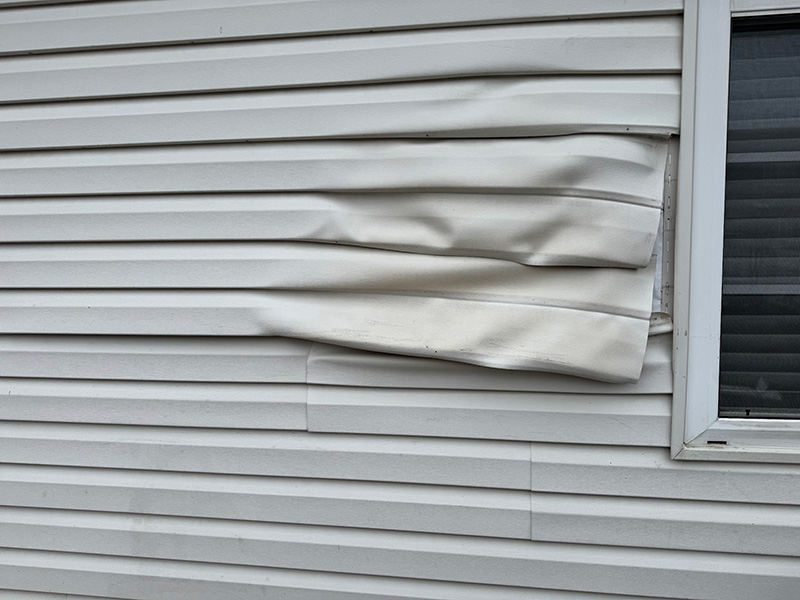IL License Number: 104.017181
IL License Number: 104.017181

When it comes to choosing the right siding for your home, two popular options stand out: engineered wood siding and vinyl siding. Both have unique advantages and drawbacks, making it essential to weigh your options carefully to find the best fit for your home. In this post, we’ll explore the pros and cons of engineered wood and vinyl siding to help you make an informed decision.
At Holda Roofing & Siding, our go-to engineered wood option is LP SmartSide, a popular choice among homeowners. Available in 16-foot lengths, this siding results in fewer seams, providing a cleaner and more polished appearance. Its combination of longer lengths and lighter weight enhances durability and flexibility, making it easier to handle and install. Additionally, it is backed by a robust 5/50-year prorated limited warranty, ensuring long-term reliability and peace of mind. With its traditional cedar wood texture, LP SmartSide delivers the aesthetic appeal of natural wood while offering modern performance benefits.

Holda Roofing & Siding often uses Mastic vinyl siding, which stands out as a top choice for homeowners seeking a durable, low-maintenance, and eco-friendly exterior solution. Produced by Ply Gem, a renowned manufacturer, Mastic siding combines durability with aesthetic appeal. It is engineered to withstand extreme weather conditions, such as high winds, hail, and intense sunlight, ensuring long-lasting performance. The low-maintenance nature of vinyl siding means that it requires no painting, staining, or sealing, making it a hassle-free option. Additionally, Mastic vinyl siding is made from recyclable materials and is designed to enhance energy efficiency through its insulation properties. Available in a wide variety of colors and textures, including wood-grain patterns, Mastic vinyl siding offers the classic look of natural wood without the upkeep.




Avoid Insulation-Only Fastening: Never fasten into insulation alone, as it lacks the structural support needed for siding stability
Wrong Nail Type and Size: A common mistake is using the wrong type and size of nails. It is essential to use 6d (2-inch) or 8d (2 1/2-inch) corrosion-resistant nails. Stainless steel nails are preferred because they do not rust, while galvanized nails are recommended only in areas where they are not exposed, such as under siding overlaps.
Improper Nail Placement: Nails should be placed correctly—not too high, too low, or too close to the edges. Incorrect placement can cause the siding to loosen or crack over time.
Storage: Siding materials should always be stored flat, off the ground, and under cover. Exposure to rain or moisture before installation can cause warping or damage to the material, leading to future installation issues.
Transportation: When transporting, ensure that the siding is properly secured and protected from weather elements. Rough handling or exposure to rain during transport can affect the quality and durability of the siding.
Looking to upgrade your own siding? With over twenty years experience in the field, we’d be more than happy to help with any questions and/or needs you have. Feel free to contact us online or by phone: 847.847.2883. We hope you’ve found this blog helpful, and look forward to hearing from you!
With over twenty years in business and hundreds of satisfied customers, we know what it takes to properly maintain a home. Join the family of satisfied homeowners who trust Holda Construction Roofing and Siding for all their roofing and siding needs.
We look forward to working with you!
Address
317 W Colfax St. Suite 102
Palatine, IL 60067